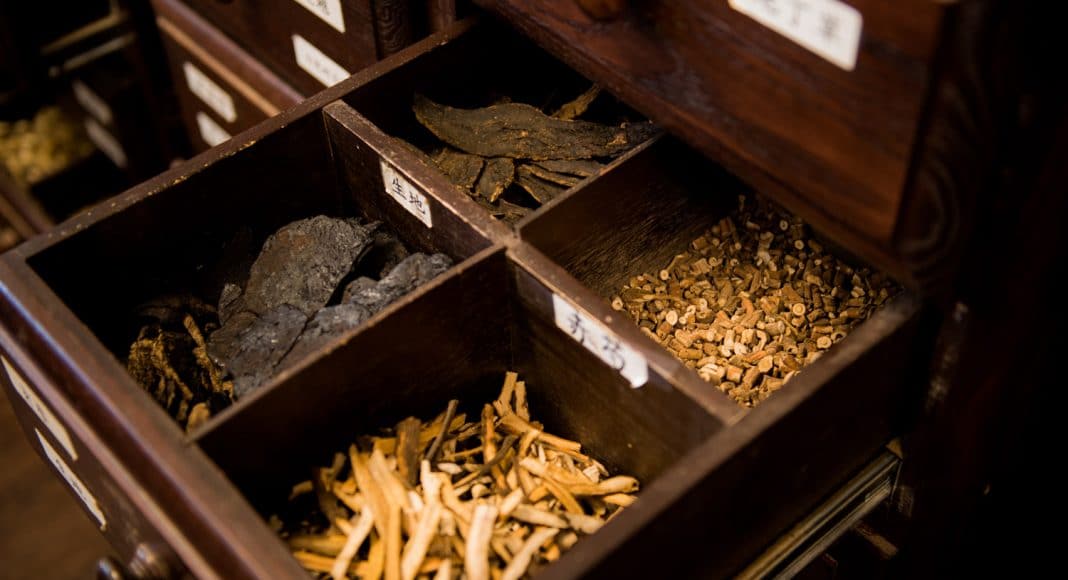Holistic Chinese medicine views the body as a garden and seeks to integrate the physical body, mind, and spirit so that the garden can thrive.
What roles do herbal and classic natural medicines have in common with modern medical research when it comes using cannabis for medicinal purposes? During the 2019 Cannabis Collaborative Conference in Portland, Oregon, Dr. Heather George, Doctor of Science in Oriental Medicine (DSOM), c-IAYT , TheLotusWay.org and AOMScholarshipFund.org, sought to address this question.
George offered a brief history of cannabis as a healing agent dating back to around 2737 BCE. During this era, Emperor Shen Nung, the father of Chinese medicine, was said to have used cannabis for medical purposes. During this reign form 2698-2598, Emperor Huangdi was said to have written the Nei Jing (Chinese Canon of Medicine).
Quoting from the Nei Jing, George pointed to how, throughout history, Chinese medicine sought to return the body to a state of equilibrium.
“The ancient sages treated all disease through living a peaceful life in balance with nature. They moved and transformed the concentrated Qi without herbs or needles. But humans became internally disturbed by over-attachment to emotions. Sense organs became externally vulnerable by overwork & loss of balance with nature. Our immune systems (Zheng qi) became weak; and in general qi was no longer able to flow optimally; Organs bones and marrow could become more easily damaged.” (Chapter 13)
George then explained Chinese herbalism’s role in helping to regulate the endocannabinoid system (ECS). “This unique body of knowledge explains how and why to use various parts of plants or the whole plants for different purposes.” In her practice, “using multi-herbal formulations is foundational and vital to the successful treatment of our patients. We can boost the effectiveness of individual herbs when we know and understand how to combine those herbs and counter side effects.”
RELATED: What We Can Learn From The Chinese Medical Marijuana System
Next, George outlined the distinctions between traditional Western medicine and holistic Chinese medicine. Western/modern medicine views the body more like a machine. Health is seen as the absence of disease whereby the body functions within normative parameters. In this model, medicine is practiced akin to war whereby the aim is to kill any disease and maximize the body’s performance. This model portrays doctors as generals, disease as the enemy, and the patient as occupied territory.

Conversely, holistic Chinese medicine views the body as a garden and seeks to integrate the physical body, mind, and spirit so that the garden can thrive. Medicine is seen as cultivating health with the doctor and the patient working in partnership to improve the body’s ecological conditions. Here, the goal is to enhance the patient’s self-regulatory capacity.
RELATED: A 10,000 Year History Of Marijuana And Spirituality
In Chinese medicine, every organ and channel/networking system is regulated by a system tuned in to the most sensitive and densest levels of our body. According to George, “The ECS may be a key part of this process.” However, they are just at the beginning phase of researching how holistic Chinese medicine combined with the newest in cannabinoid research can help people get their ECS into a state of homeostasis.


